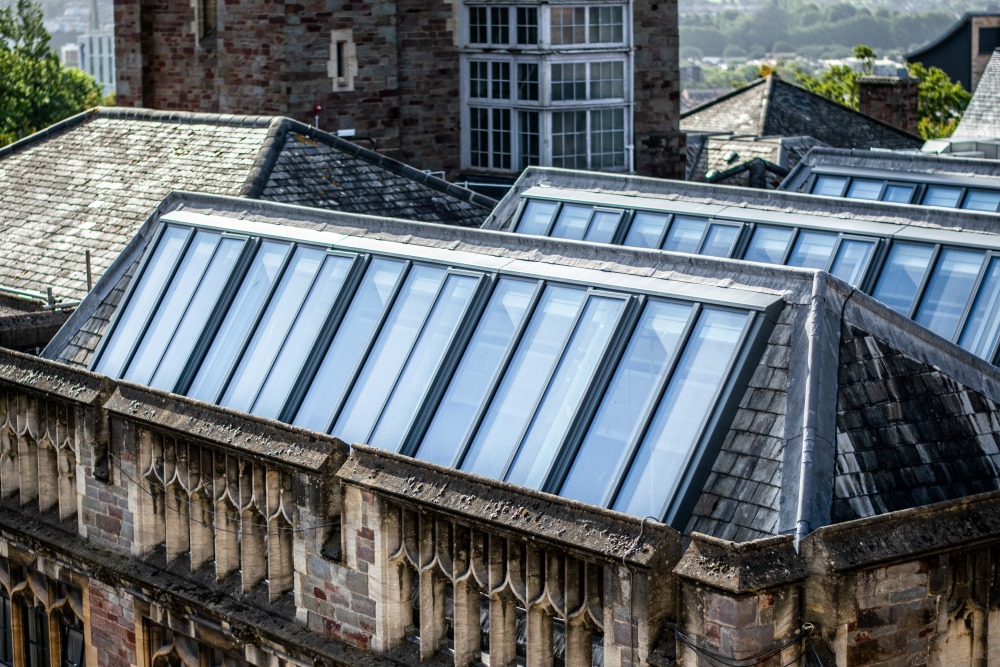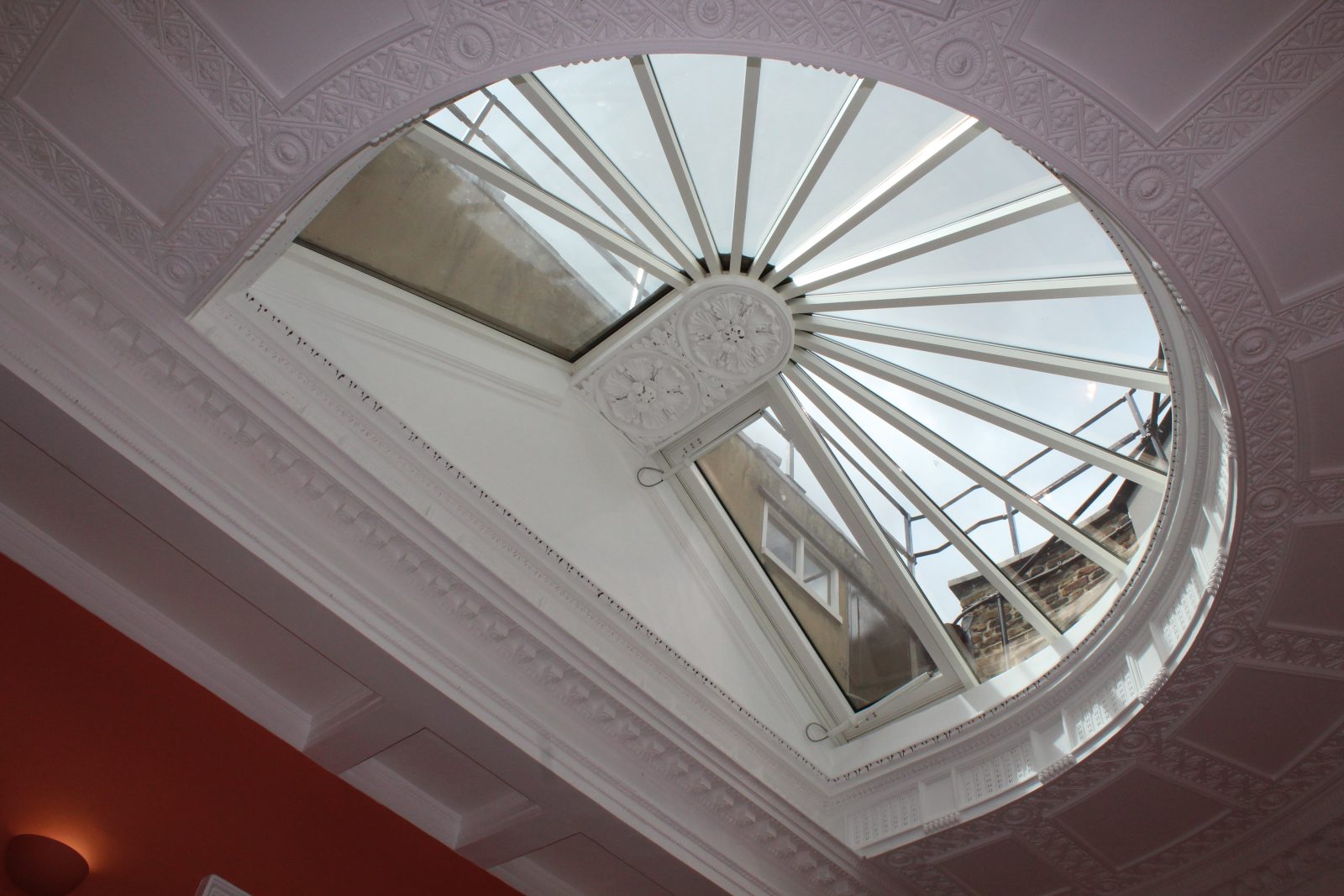The importance of bespoke rooflight solutions for listed buildings

By Steve Pickering, sales & marketing director, Whitesales.
Restoring listed buildings presents a unique challenge: preserving their historical essence while accommodating modern standards of performance and functionality.
Each heritage property tells its own story, making it crucial to approach restoration projects with a bespoke mindset. This is especially true for rooflights, where poorly integrated designs can detract from a building’s original character.
Bespoke rooflight solutions, tailored to meet the aesthetic and functional needs of heritage properties, help achieve this delicate balance.
Authentic solutions
Listed buildings are subject to strict planning regulations and are often deeply valued for their architectural significance. Standardised solutions rarely suffice, as they fail to address the unique characteristics of individual structures.
Bespoke rooflight designs help maintain the authenticity of the original architecture by replicating traditional aesthetics while introducing modern advancements in energy efficiency, light transmission and durability.
A prime example is the restoration of the Gunnersbury Park Orangery. Originally designed by Sydney Smirke, the orangery required glazing that would complement its historic charm while improving performance. The solution involved specially designed heritage bars that replicated the style of the original glazing bars, ensuring harmony with the building’s 19th-century aesthetic.
The addition of modern features, such as electric opening sections for ventilation, demonstrated how functionality can enhance tradition rather than compromise it.
Unique challenges
Each listed building presents distinct challenges, from structural limitations to planning constraints. Addressing these requires a tailored approach, beginning with detailed site surveys to assess existing conditions and identify design opportunities.
Collaboration with conservation officers is essential to ensure any interventions respect the historical and architectural integrity of the structure.
Advanced engineering techniques play a crucial role in creating solutions that meet modern performance standards while maintaining heritage appeal. For example, glazing systems for heritage buildings often require low-profile aluminium frames that mimic the original design while offering superior corrosion resistance and sustainability compared to older materials like steel or iron.
Carefully matching the sightlines of these frames to the building’s original details ensures that even large-scale replacements maintain architectural harmony.
Heritage bars are a key feature in many bespoke rooflight solutions for listed buildings. Designed to replicate the slim profiles and detailing of traditional glazing bars, these components provide a sympathetic aesthetic that blends seamlessly with historic structures.
In addition to their visual appeal, heritage bars can accommodate modern double or triple-glazing units, offering improved thermal and acoustic performance without sacrificing authenticity.
The use of heritage bars is often pivotal in maintaining a property’s architectural integrity. By combining traditional aesthetics with advanced materials and techniques, restoration teams can achieve a balance between preservation and practicality.
Restoring a listed building is rarely a straightforward process. Successful outcomes depend on collaboration between architects, contractors and rooflight specialists. Early involvement from experienced professionals ensures that designs are both technically feasible and sensitive to the building’s character.
Support can range from providing structural calculations and material specifications to liaising with conservation officers and supplying case studies or reference projects. This collaborative approach streamlines the restoration process and helps address concerns, such as obtaining planning permission.
By prioritising elements like matching the original design’s centres, slopes and ridges, restorations are more likely to gain approval while retaining historical authenticity.
Bespoke rooflight solutions for listed buildings do more than preserve the past, they create opportunities to enhance the future. Modern rooflight systems improve natural light and energy efficiency, making heritage properties more comfortable and sustainable. At the same time, careful attention to design ensures that these benefits are delivered without compromising the character that makes these buildings special.
In an era where sustainability and heritage preservation are increasingly valued, bespoke solutions play a vital role in bridging the gap between tradition and progress. By tailoring designs to the specific challenges of listed buildings, it is possible to honour their history while equipping them for modern use.
Projects like the Gunnersbury Park Orangery demonstrate the transformative potential of bespoke heritage rooflights, ensuring these historic structures remain cherished for generations to come.
